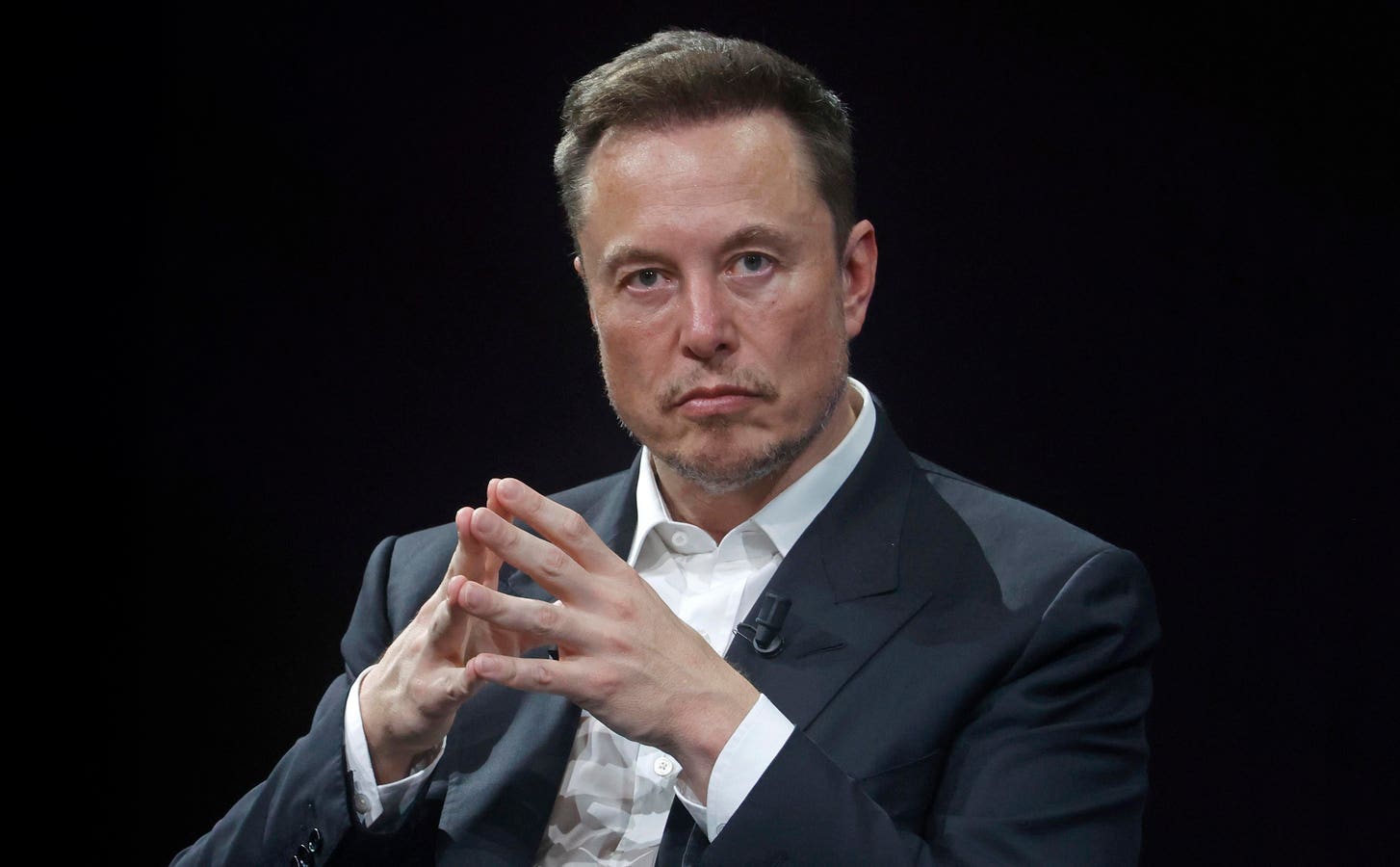Money
Will You Get Musk’s DOGE Dividend Via A $5,000 Stimulus Check?

The DOGE Dividend: A $5,000 Stimulus Check Proposal and Its Implications
Introduction to the DOGE Dividend Concept
In a recent social media exchange, Elon Musk, head of the Department of Government Efficiency (DOGE), sparked interest in a unique proposal: issuing $5,000 stimulus checks to American taxpayers. Dubbed the "DOGE Dividend," this idea was first introduced by James Fishback, CEO of an investment firm and a DOGE adviser. The proposal suggests allocating 20% of DOGE’s projected $2 trillion in savings and distributing it to taxpaying households. While the concept has generated excitement, it also raises significant questions about its feasibility, economic impact, and political viability. This article explores the origins of the DOGE Dividend, its potential benefits, and the challenges it faces.
The Genesis of the DOGE Dividend and $5,000 Stimulus Check Calculation
Fishback unveiled the DOGE Dividend idea on X (formerly Twitter), proposing that a portion of DOGE’s anticipated $2 trillion in savings be returned to taxpayers in the form of $5,000 stimulus checks. He explained, “We wanted to help make DOGE real for millions of Americans. They deserve a portion of the savings DOGE will deliver under President Trump’s leadership.” According to Fishback’s calculations, dedicating 20% of these savings would amount to $400 billion, which could be distributed as $5,000 checks to the 78 million tax-paying households in the U.S. Musk responded positively to the idea, stating he would discuss it with President Trump.
The DOGE Dividend is framed as a way to share the benefits of government efficiency with the American people. By returning a portion of the savings generated by DOGE’s efforts, the proposal aims to make the concept of government efficiency more tangible and rewarding for taxpayers. However, while the idea is appealing, it is not without its critics or challenges.
Political and Economic Hurdles to the DOGE Dividend and $5,000 Stimulus Checks
Despite the enthusiasm surrounding the potential DOGE Dividend, several significant obstacles exist:
-
Congressional Approval: Any initiative to redistribute federal savings requires legislative authorization. Lawmakers may prefer allocating these funds to other priorities, such as reducing the national debt or extending existing tax provisions. Given the divided nature of Congress, securing bipartisan support for such a proposal could be difficult.
-
Economic Implications: Budget experts caution that distributing such substantial sums could exacerbate inflationary pressures, reminiscent of concerns raised during previous stimulus efforts. Preston Brashers, a research fellow for tax policy at the Heritage Foundation, a conservative think tank, echoed this concern: “Love what DOGE is doing, but this is a bad idea. There’s no need to send ‘dividend checks.’ The dividend we get from slashing spending is that it brings inflation into check. But if the government sends out stimmy checks, inflation will come back with a vengeance.” This criticism highlights the potential unintended consequences of the proposal.
- Legal Challenges: DOGE’s very foundation is under judicial scrutiny, with ongoing lawsuits questioning its legality. The outcome of these legal proceedings could impact the feasibility of any proposed dividend. If DOGE itself is deemed unconstitutional or unlawful, the idea of a dividend would likely be shelved.
The Broader Context Beyond the DOGE Dividend
The DOGE Dividend proposal emerges as the Trump administration explores various forms of tax relief. However, the cumulative cost of these measures, estimated by the Committee for a Responsible Federal Budget to be between $5 trillion and $11 trillion, raises concerns about fiscal responsibility and the potential for increased national debt. The DOGE Dividend may end up competing with other priorities of the Trump administration, such as campaign promises to eliminate taxes on tipped wages, Social Security benefits, and overtime.
Additionally, the proposal raises questions about the role of government efficiency in addressing fiscal challenges. While DOGE aims to streamline government operations and reduce waste, the idea of redistributing savings to taxpayers reflects a broader debate about how to allocate resources in a way that benefits both the economy and individual households.
The Upshot of the DOGE Dividend and $5,000 Stimulus Checks
While the notion of a DOGE dividend and receiving a $5,000 stimulus check is enticing to many, it faces numerous legislative, economic, and legal challenges. As with many high-profile proposals, the path from concept to reality is fraught with complexities that require careful navigation.
The DOGE Dividend represents a unique blend of populist appeal and fiscal conservatism, but its success hinges on addressing the concerns of lawmakers, economists, and legal experts. Whether the proposal moves forward will depend on how these challenges are mitigated and whether the benefits of the dividend outweigh its potential drawbacks. In forthcoming articles, the DOGE dividend will be explored in more detail, including its potential impact, implementation strategies, and feasibility.
Conclusion: Weighing the Potential and Pitfalls of the DOGE Dividend
The DOGE Dividend proposal offers an intriguing vision of government efficiency directly benefiting taxpayers, but it is far from a done deal. Politically, it must navigate a complex legislative landscape. Economically, it must address concerns about inflation and fiscal responsibility. Legally, it must overcome challenges to the validity of DOGE itself.
For now, the DOGE Dividend remains an ambitious idea with significant potential but equally significant hurdles. As the proposal evolves, it will be important to assess its implications for the economy, the federal budget, and the American people. Whether the DOGE Dividend becomes a reality or remains a concept will depend on how its proponents address these challenges and balance competing priorities.


















